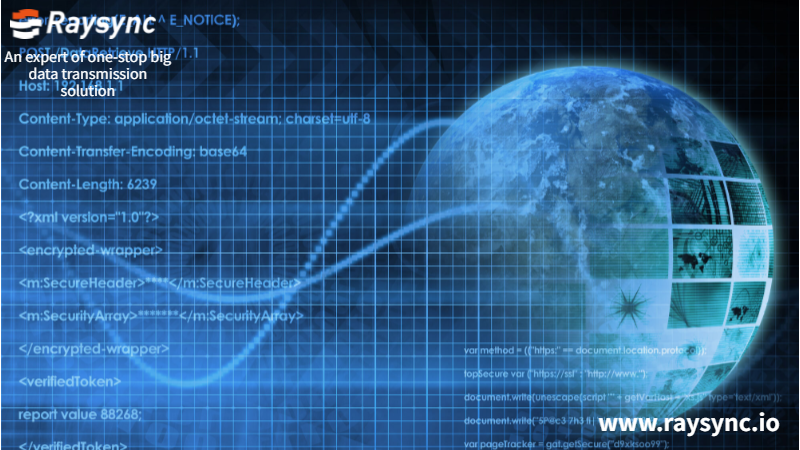What does MFT Mean?
November 20, 2022
MFT means managed file transfer. The term MFT began to appear in the mid-2000s. In the field of file transfer, it is a brand-new method of data transfer that enterprises have begun to use, and it is clearly distinguished from "file transfer protocol" (FTP) in the 1980s.
As defined by Gartner, “Managed file transfer software and services enable users to manage and monitor file transfers within and between organizations.” In this definition, Gartner uses “manage” and “monitor” to highlight and explain the key differences between MFT and FTP.
- Manage – means to manage all file transfers using one interface (one place) across all business units, operations, systems,applications, partners, etc.
- Monitor – means to monitor all file transfers in one centralized location which in turn means better governance, compliance,and reduced IT costs.
Driven by increasingly stringent privacy regulations and the need to quickly transfer and track files globally, many organizations are in the process of replacing their legacy FTP systems and moving towards MFT solutions. In fact, managed file transfer solutions are gaining the most momentum.
We explain to you what does MFT means?
At present, we easily find that no matter in the fields of health care, government, technology,or media,the information now will inevitably move around. In some cases, such data may have to leave the organization's security controls to enter customers or other business systems.
The traditional file sharing way can comply with personal needs, for example, sending private messages or videos. But this kind of way does not comply with the enterprise needs. MFT is dedicated to creating a more secure and efficient IT environment within the enterprise. Enterprises that use MFT solutions often deal with sensitive information on a regular basis, making security the core of their business functions.
Managed File Transfer, as the acronym implies, is a service that manages data and ensures its security during transfer. Enterprise organizations often use it, and it can get rid of slow and temporary methods such as FTP and HTTP. In the final analysis, a good MFT solution should simplify your transfer process and comply with security standards such as SSL encryption (here you can refer to the one-stop large file transfer solution provided by Raysync).
A good MFT solution should include:
- The secure connection.
- Encrypt data being stored or "still".
- A reverse proxy that acts as a pass-through and does not write any unencrypted data to the server.
- The ability to support an organization's security policies, such as password expiration or SSL.
You might also like

Raysync News
February 19, 2024With the growing demand for video transmission, how to efficiently and securely transmit large video files has become an important issue for companies in the film and television industry.
Raysync News
January 5, 2024As a new method of data transfer, P2P transfer has its pros and cons, just like everything else. In this article, we will take the Raysync transfer tool as an example and introduce the advantages and disadvantages of using the P2P transfer tool in detail.

Raysync News
May 5, 2022File Transfer Protocol (FTP) is a widely used network protocol for transferring files between computers over a TCP/IP-based network (such as the Internet).